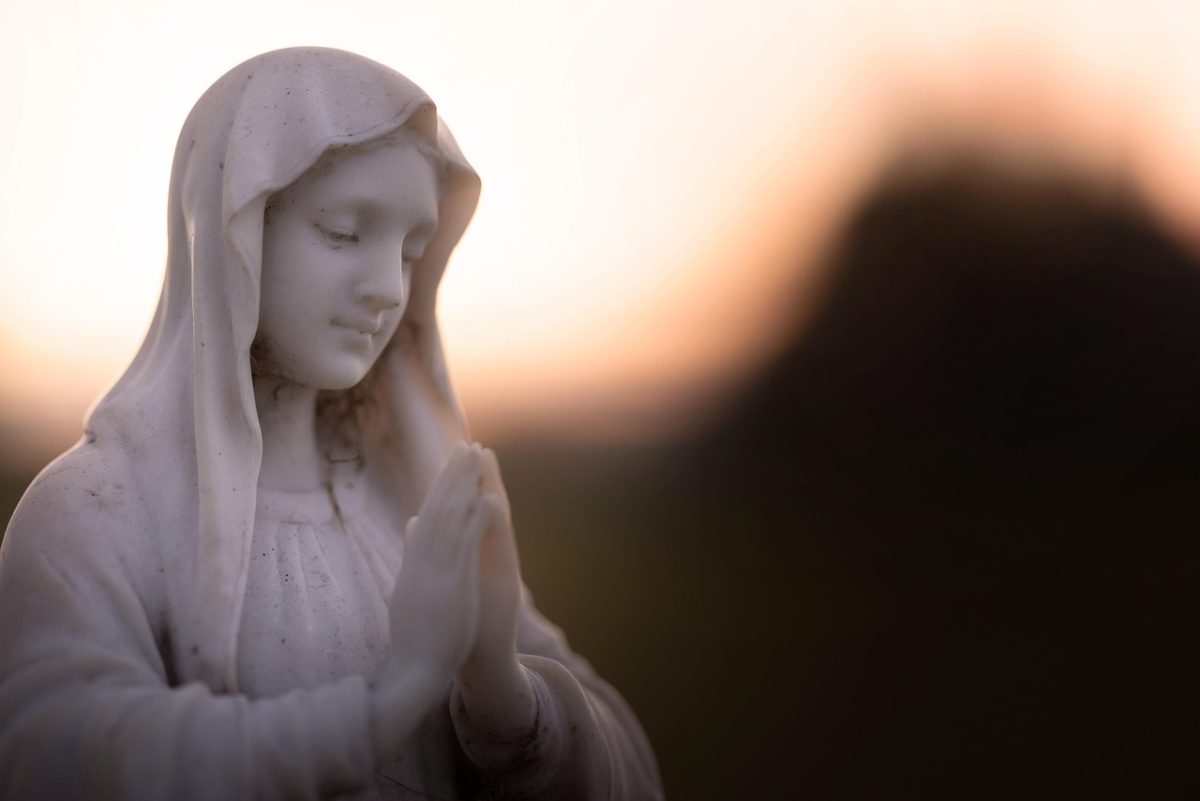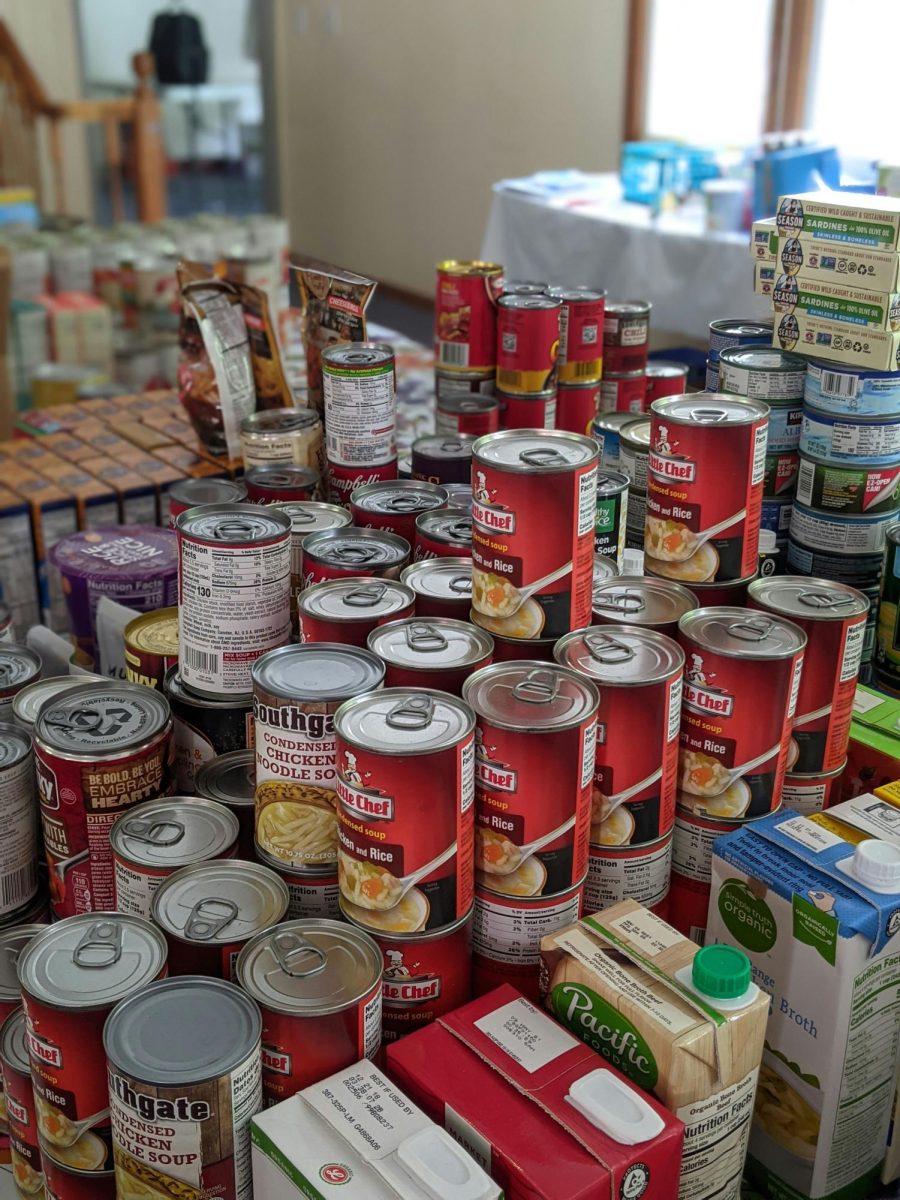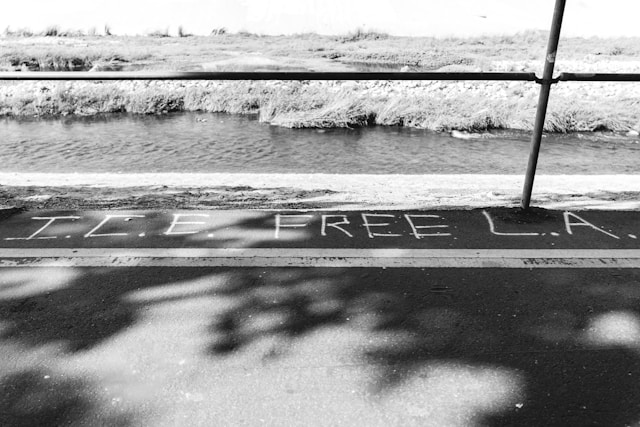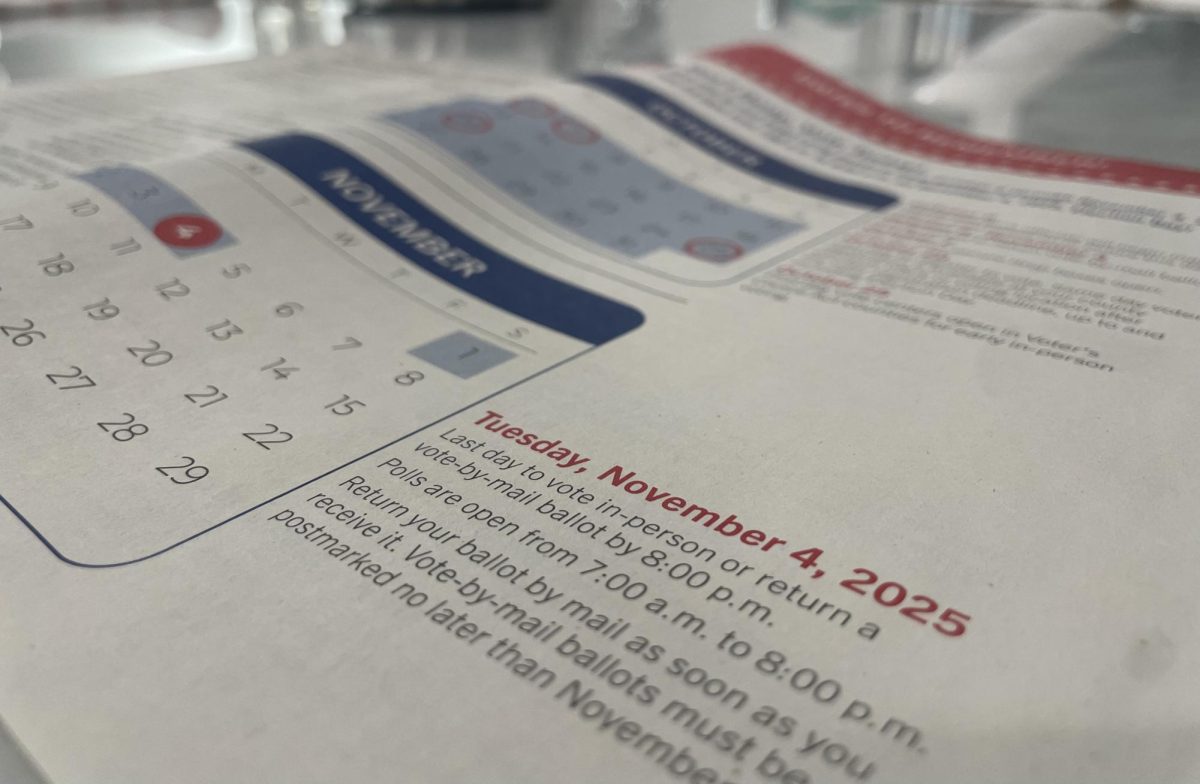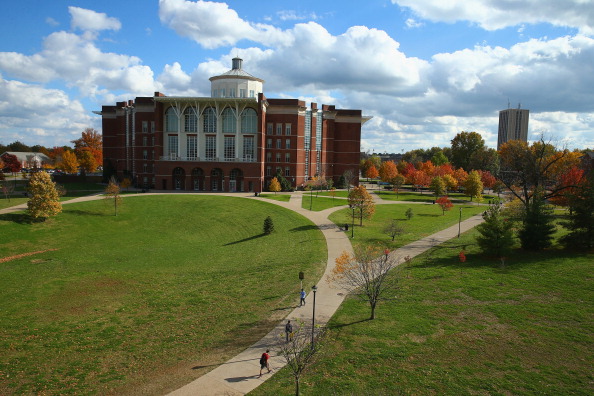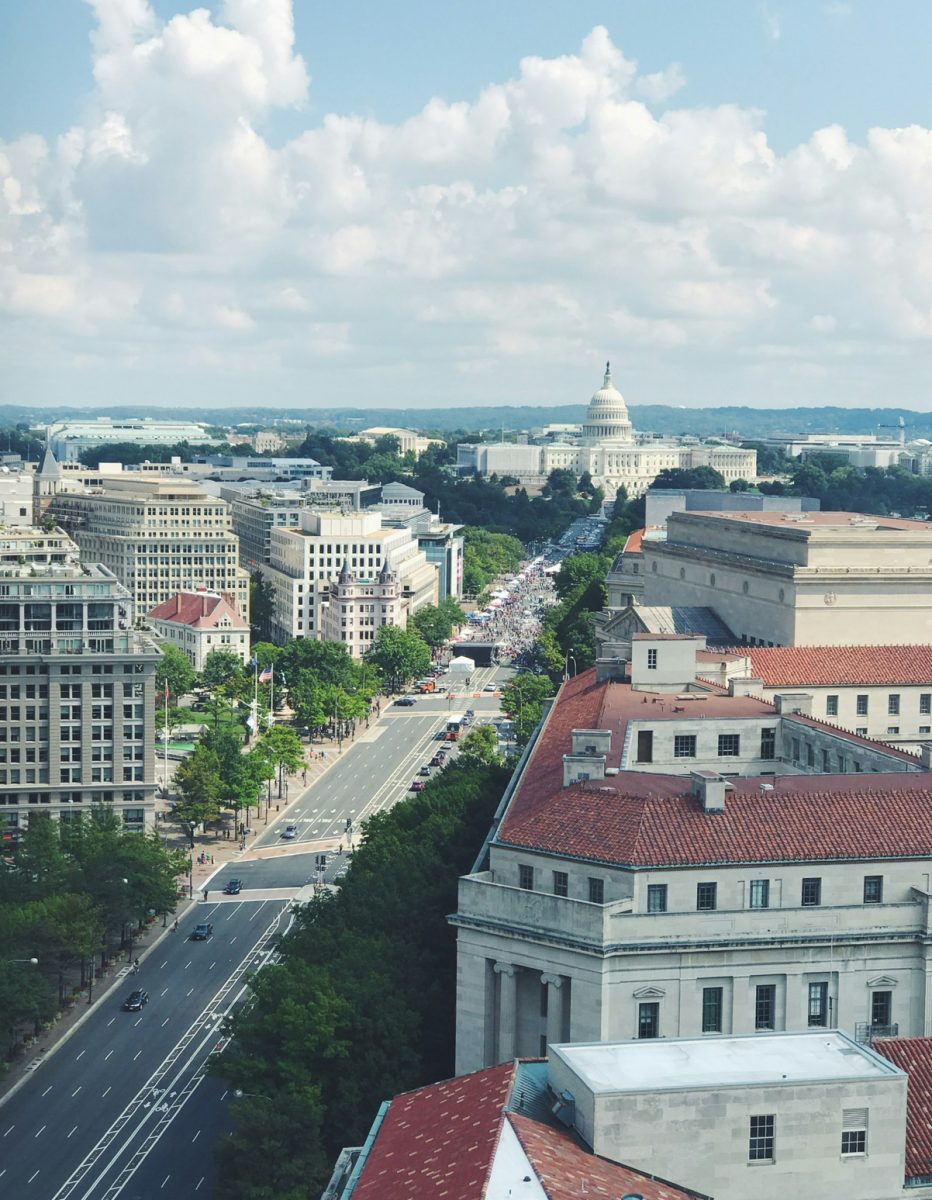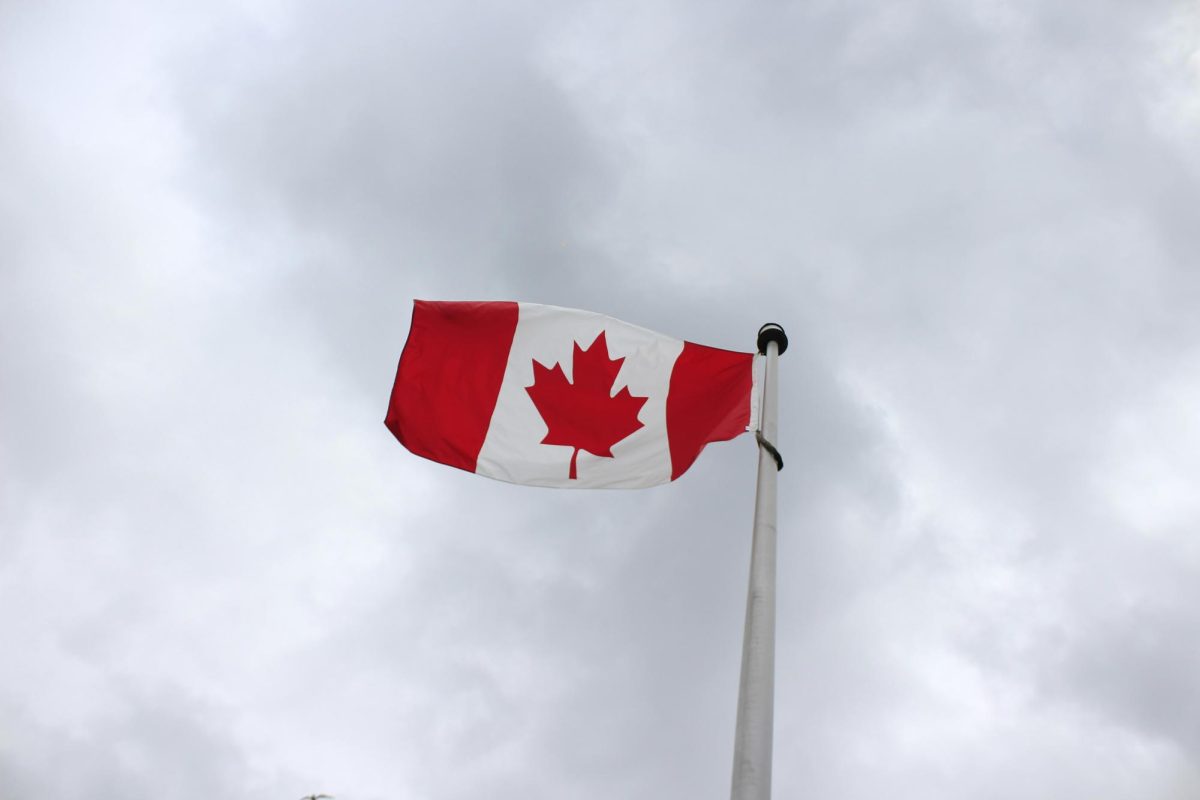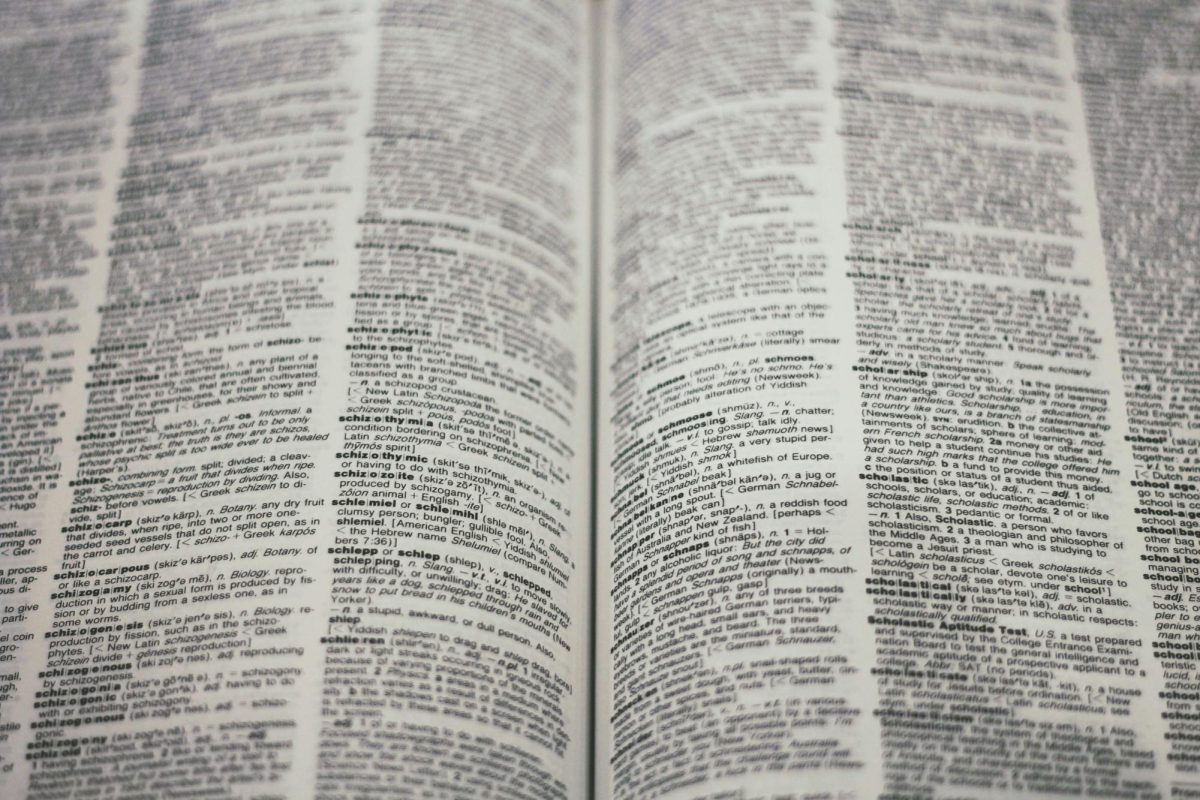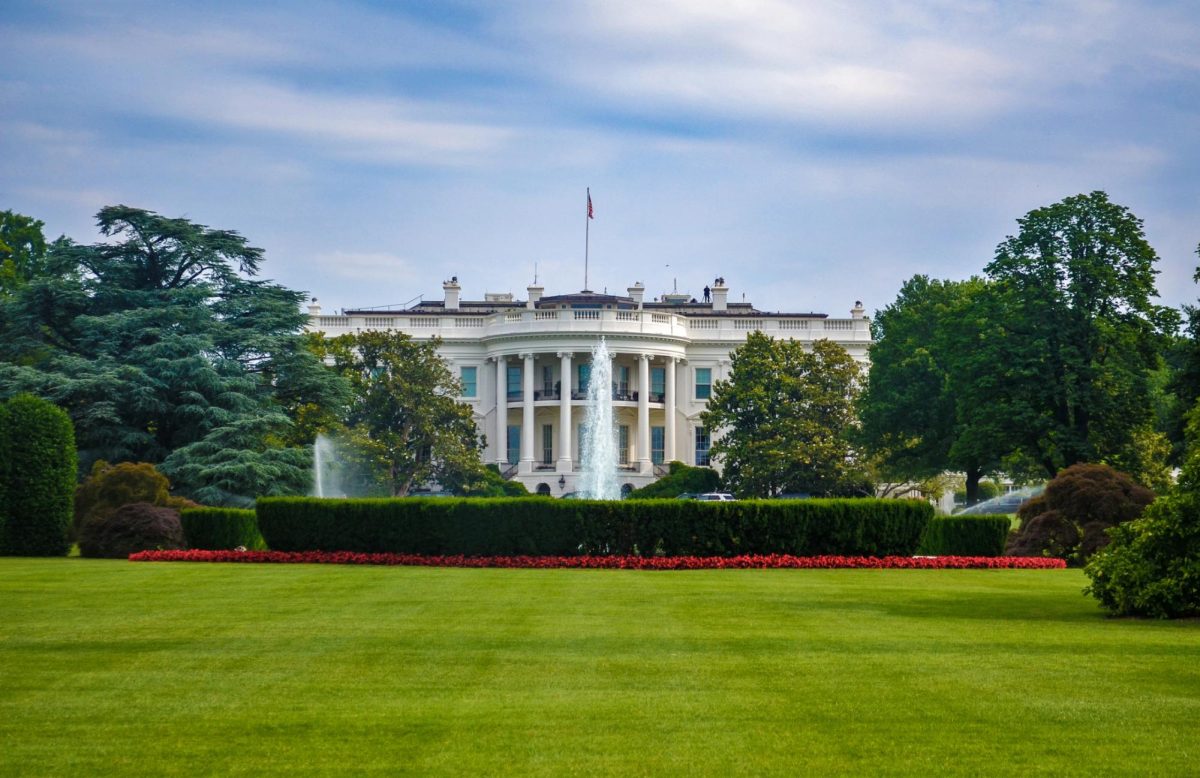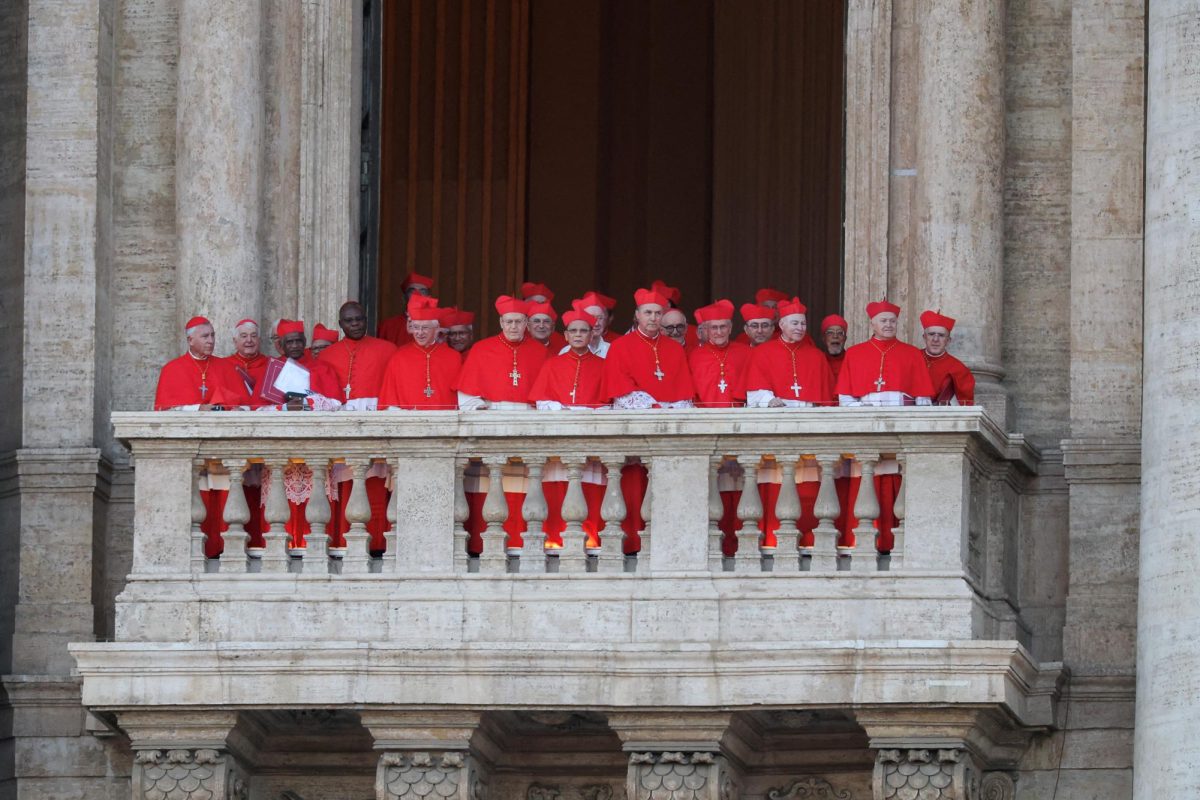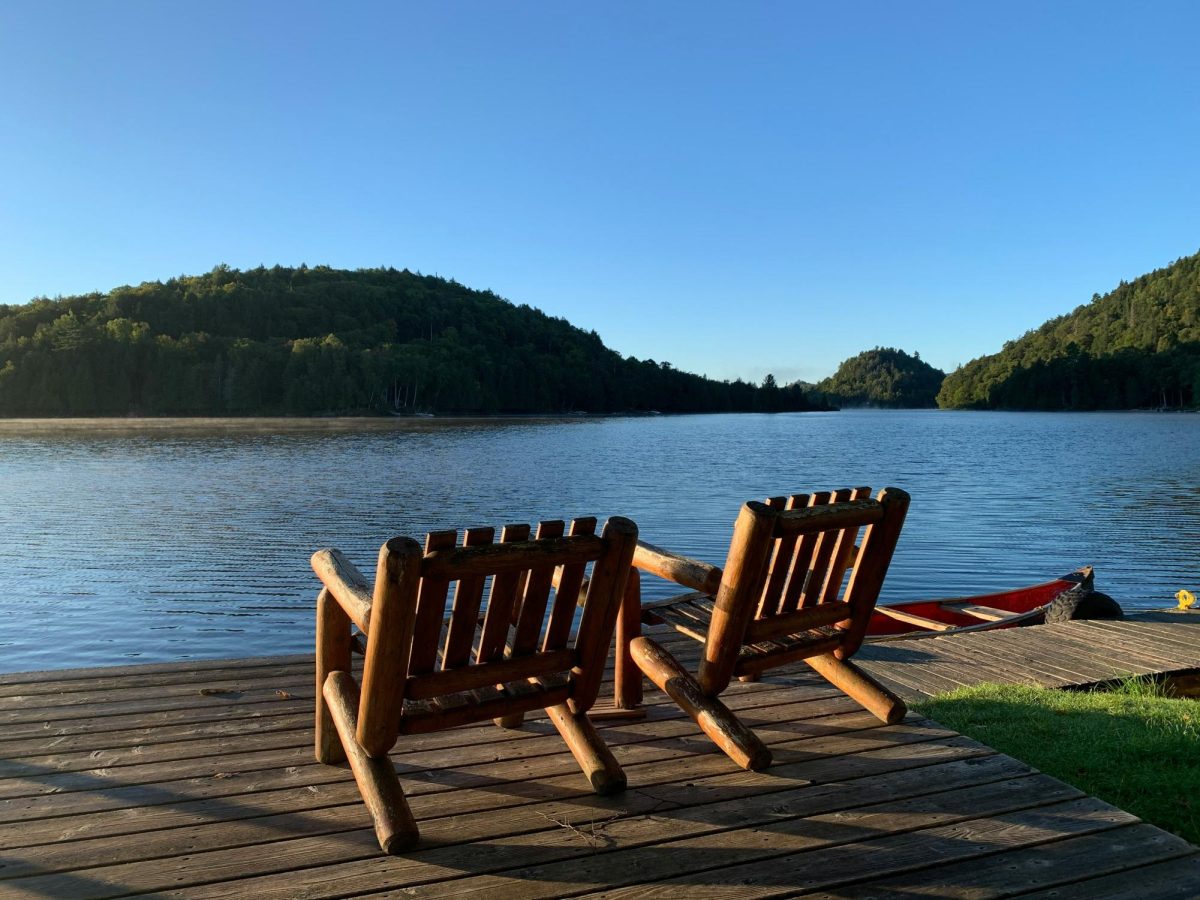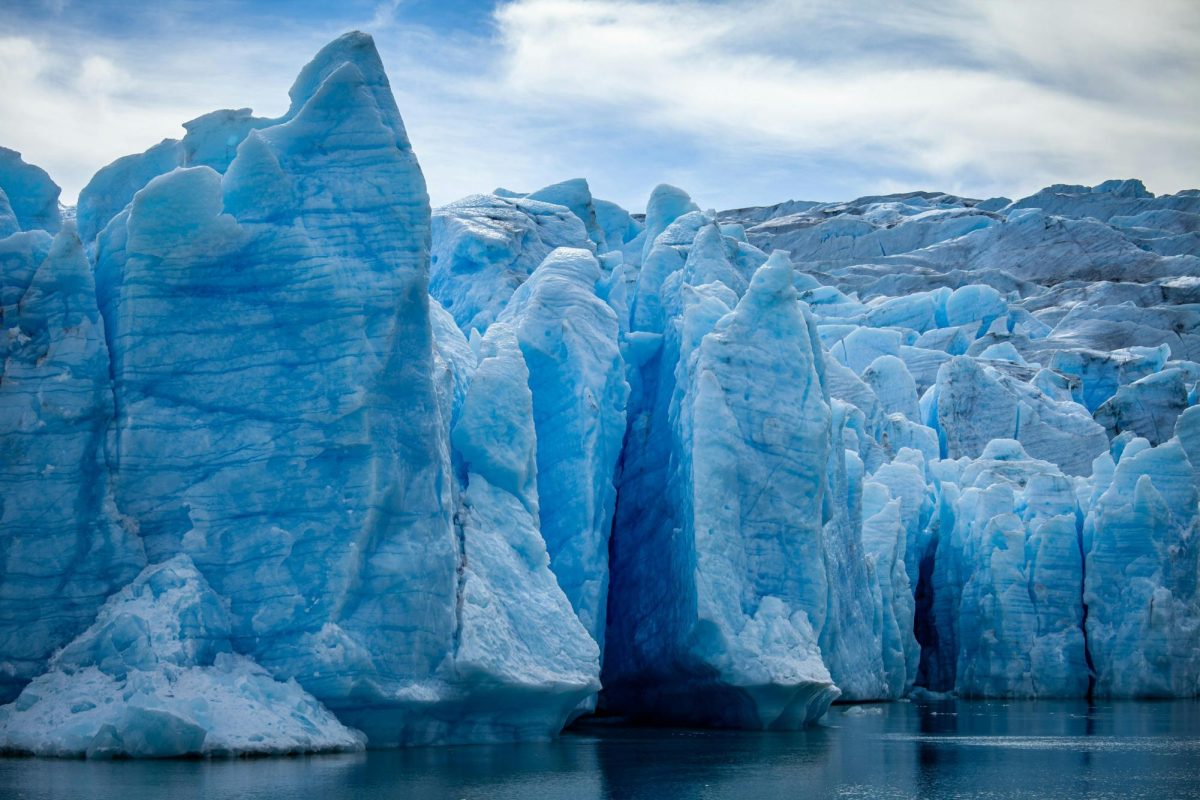Glaciers worldwide are melting at an unprecedented rate, setting record highs in ice loss and raising significant concerns about climate change and global impact. Why does glacier preservation matter so much? Beyond their beauty, glaciers play a vital role in regulating climate and supplying major cities around the world with fresh water.
Glaciers are slow-moving rivers of ice that form from an accumulation of snow over many years. According to Reccessary, glaciers store approximately 70% of the Earth’s fresh water. The article continues to warn of the inevitable disappearance of glaciers in the coming decades. The 2025 UN world water development report suggests that warming of 1.5-4C will cause glaciers to lose 30-50% of their mass by 2100.
The 2024 hydrological year marked the third year in which all 19 glacier regions experienced a net mass loss. Glacier mass loss was 450 billion tons in the 2024 hydrological year, which was the fourth most negative year on record, impacting glaciers in Scandinavia, Svalbard, and North Asia most significantly according to World Meteorological Organization (WMO), who are coordinating international efforts to preserve glaciers.
WMO continued to estimate that glaciers have lost a total of 9,000 billion tons since records began in 1975, which is equivalent to a block of ice the size of Germany, according to Prof. Dr. Michael Zemp, the Director of World Glacier Monitoring Service (WGMS).
Glacier melting directly contributes to disastrous sea-level rise which in turn threatens coastal ecosystems, flooding, and other natural disasters. Scientists warn that climate change and glacier melting threaten human life and existence, not only ecosystems.
GLOFs are the sudden release of water from a lake formed from glacial melt. GLOFs have caused more than 12,000 deaths in the past 200 years, causing “severe damage to farmland, homes, bridges, roads, hydropower plants and cultural assets, often prompting further internal displacement,” according to Reccessary.
One such catastrophe as a result of glacial flooding occurred in Sikkim, a small Himalayan state in north-east India. On October 3rd 2023, a frozen rock and other debris collapsed into the glacial lake, setting off tsunami-like waves nearly 20 meters high according to CarbonBrief.
The flood cascade damaged 25,900 buildings, 31 major bridges, and flooded agricultural land. Researchers stress that GLOFs continue to threaten human life and communities and certain adaptations must be made to prevent future habitat and humanitarian loss.
In response to glacier loss, The United Nations General Assembly proclaimed 2025 as the International Year of Glaciers’ Preservation. Additionally they established the 21st of March as the annual World Day for Glaciers.
According to WMO and WGMS, “It seeks to increase awareness of the vital role that glaciers, snow, and ice play in the climate system and hydrological cycle, and their importance to local, national, and global economies.”
The focus on glacier preservation aims to raise awareness on the importance of glaciers around the world and honor the glaciologists who work tirelessly to protect the marvels of our planet.
WMO Secretary-General Celeste Saulo explained, “Preservation of glaciers is not just an environmental, economic and societal necessity. It’s a matter of survival.”
The UN additionally named the South Cascade Glacier in Washington has been named the Glacier of the Year.
“South Cascade Glacier exemplifies both the beauty of glaciers and the long-term commitment of dedicated scientists and volunteers who have collected direct field data to quantify glacier mass change for more than six decades,” Caitlyn Florentine, Co-Investigator of the glacier from the U.S. Geological Survey says.












